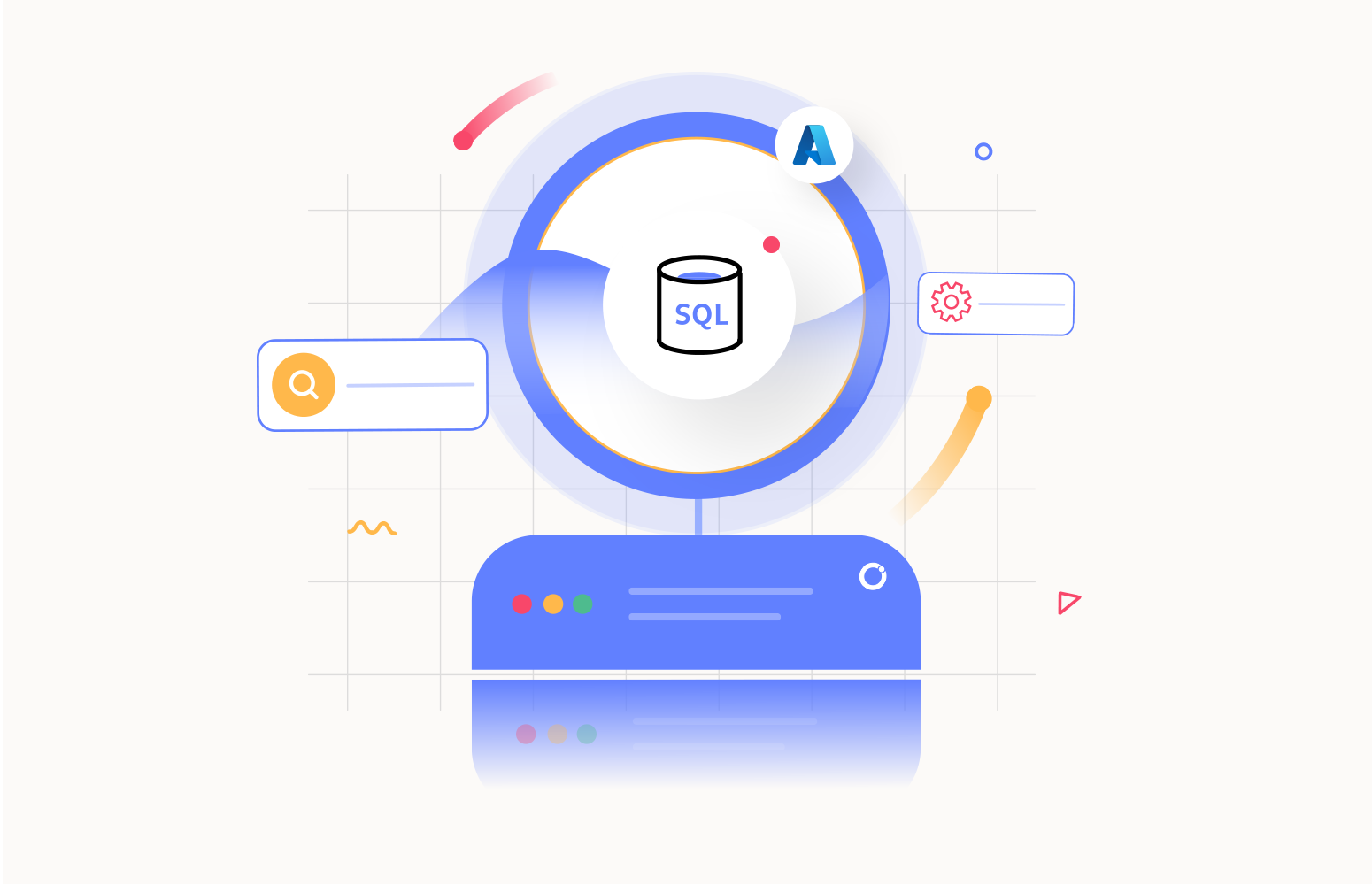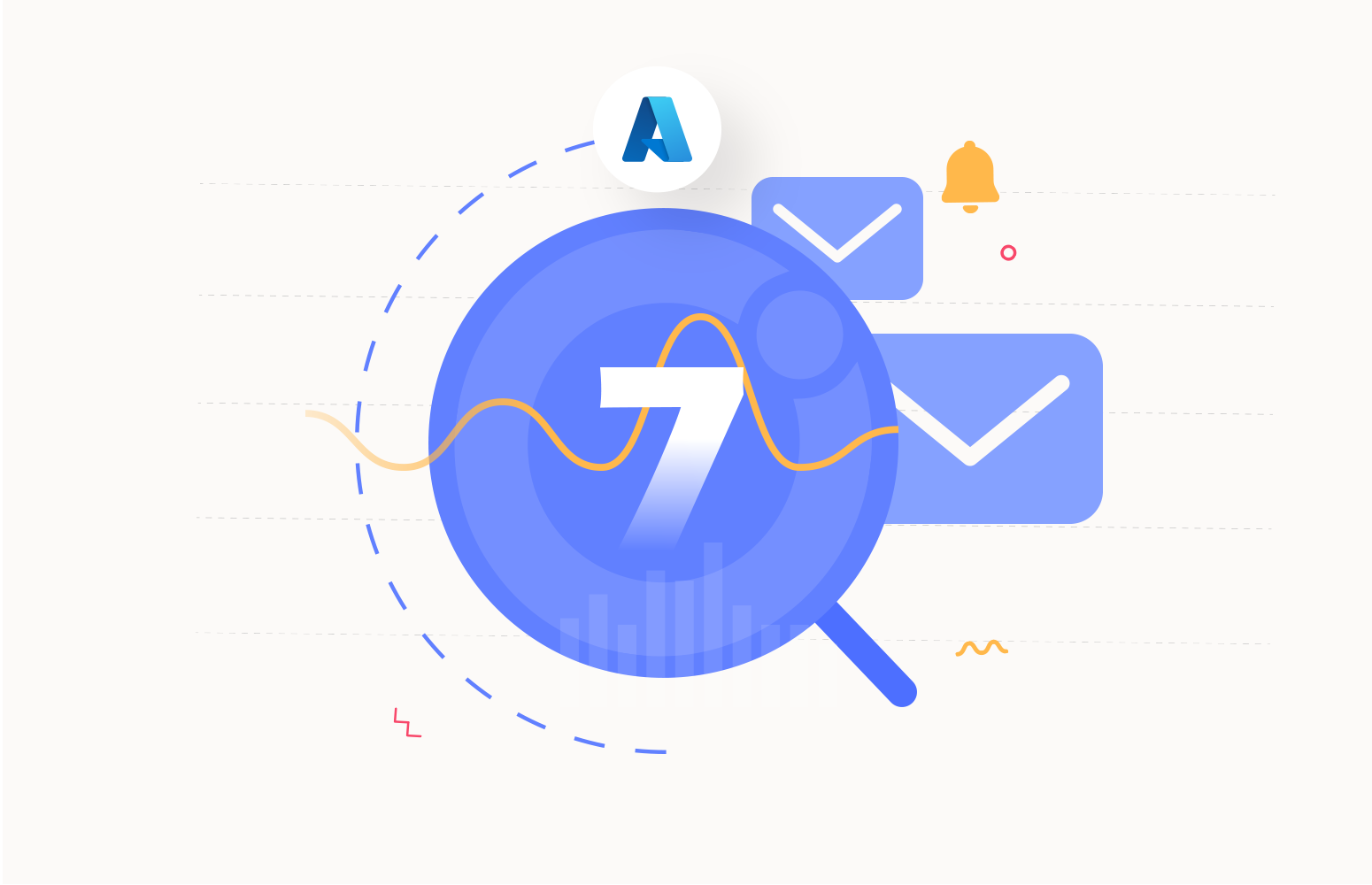In the digital era, where data reigns supreme, the ability to extract meaningful insights from vast datasets has become indispensable. Though we have many data sources and data processing languages, SQL (Structured Query Language) stands as a cornerstone in this realm, empowering analysts, and data scientists to navigate through intricate databases with ease. However, the efficiency and efficacy of SQL queries are not just about their execution but also about their consumption – how they’re utilized, optimized, and leveraged to drive decision-making processes within organizations.
Unveiling the Essence of SQL Query Consumption Analysis
SQL Query Consumption Analysis is a multifaceted approach aimed at understanding, evaluating, and enhancing the usage of SQL queries within an organization. It delves into various aspects, including:
- Query performance
- Frequency
- Resource consumption, and
- Overall impact on business operations.
Let’s have a further look into the significance of this analysis and explore strategies for maximizing its benefits.
Understanding the Significance of SQL Query Consumption Analysis
In today’s data-driven landscape, organizations generate and accumulate vast volumes of data. SQL queries serve as the gateway to unlock insights within this data deluge. However, efficient query consumption directly impacts operational efficiency, resource utilization, and the bottom line. By gaining insights into query consumption patterns, organizations can identify bottlenecks, optimize resource allocation, and enhance decision-making processes.
Key Metrics and Indicators for Query Analysis
For any SQL DB, the performance and consumption is directly affected by how we query the data in the DB. The below are the key metrics for query analysis.
- Query Execution Time: Efficient queries are characterized by shorter execution times, enhancing overall system performance.
- Frequency of Execution: Frequently executed queries require optimization to streamline resource utilization and improve operational efficiency.
- Resource Consumption: Monitoring resource utilization helps identify queries impacting system performance and scalability.
- Error and Exception Rates: Tracking error rates aids in identifying problematic queries that may require attention.
- Query Dependencies: Understanding dependencies between queries facilitates optimization and resource allocation.
These metrics play a vital role in Cloud hosted SQL. Lot of time, organizations find it difficult to get the best out of SQLs in cloud. This is because of the way we deploy SQL in cloud (DTU models or Vcore Models). Next time, before scaling a DB to a higher pricing plan in Azure, make sure to check these key metrics and analysis why the DB is having a bottleneck.
Benefits and Outcomes
By conducting SQL Query Consumption Analysis, organizations can achieve several benefits:
- Improved Performance: Optimization leads to faster execution times and improved system performance.
- Cost Savings: Efficient resource utilization reduces infrastructure costs and enhances ROI.
- Enhanced Decision Making: Access to timely insights empowers informed decision-making.
- Scalability and Resilience: Optimized query consumption ensures scalability and resilience.
SQL Query Consumption Analysis in Azure
Azure SQL Database is a general-purpose relational database-as-a-service (DBaaS) based on the latest stable version of Microsoft SQL Server Database Engine. Good thing with Azure hosted SQLs is that it comes as a package. The user need not break their head in developing an additional query analysis dashboard for their SQLs to analyse the performance.
Azure SQL Database offers built-in query performance monitoring and tuning capabilities named Query Performance Insights. With features such as Query Store and Intelligent Insights, organizations can identify performance bottlenecks, optimize query execution plans, and improve overall query performance.
Query Performance Insights offers three options for its users to analyse the Query:
Resource Consuming Queries:
This feature helps users to understand the top queries which are consuming most of the SQL resources (CPU, data IO, etc). With this information the user can try to optimize the query for better performance.
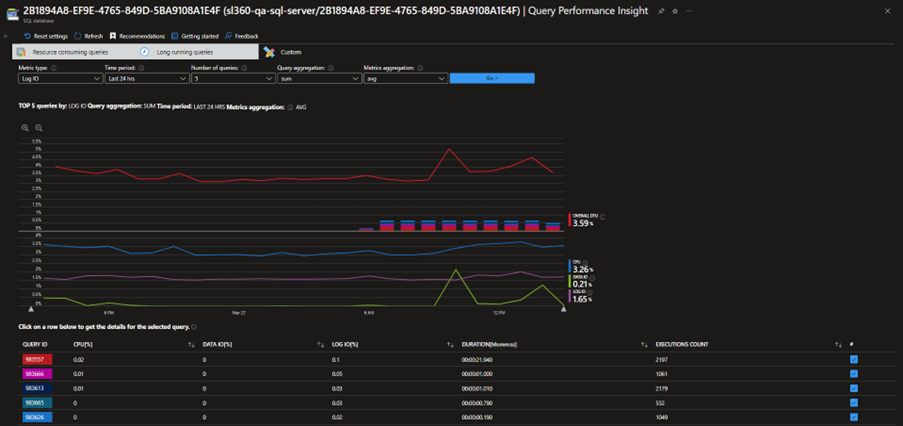
Long Running Queries:
This helps customers to understand the long running queries in their application. With this the user can try to implement parallel processing for quick completion of the query execution.
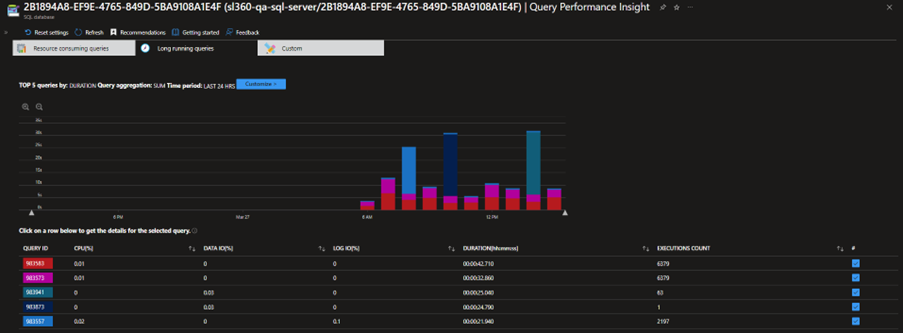
SQL Query Consumption Analysis in Turbo360
With Turbo360, you can seamlessly execute SQL queries across multiple databases without the need to switch between servers. Whether you’re managing databases on different servers or within a single environment, Turbo360 streamlines the process, saving you time and effort.
Turbo360’s Query Performance Insights, allows users to instantly generate reports highlighting the top 5, 10, or 20 queries based on CPU usage, enabling you to optimize resource allocation and enhance overall system performance.
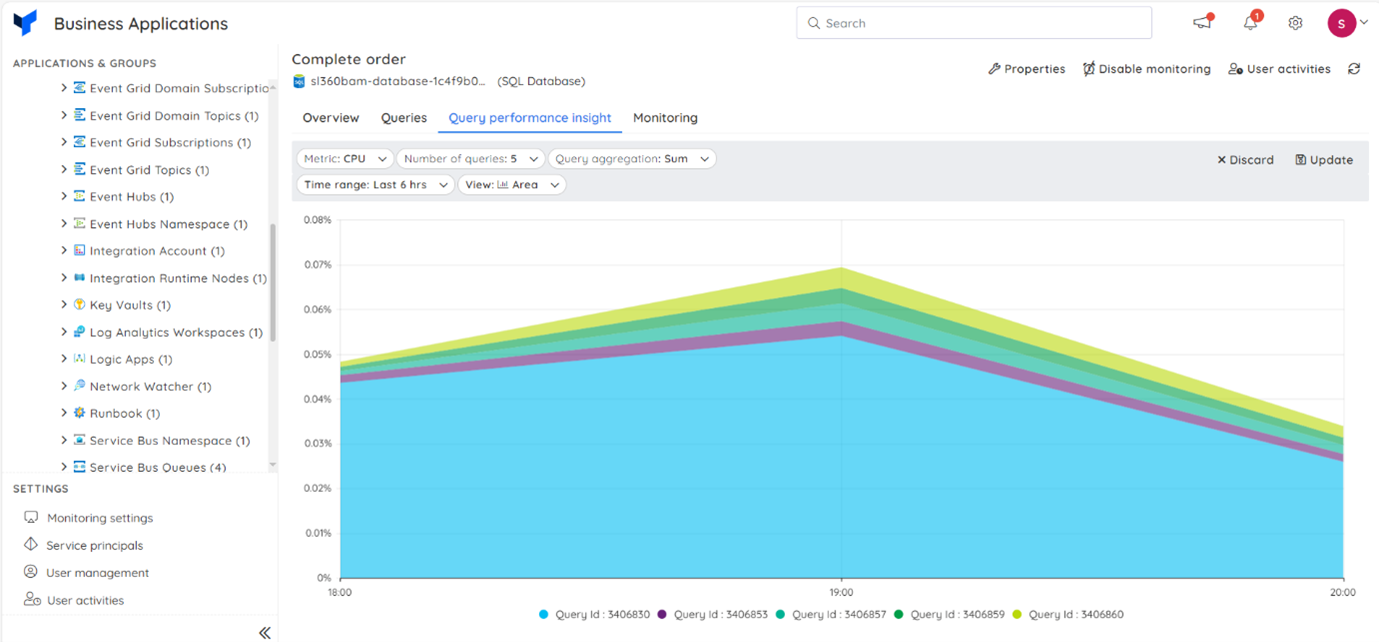
Once you have gathered the insights, you can also click on the Query ID to know what the exact query is.
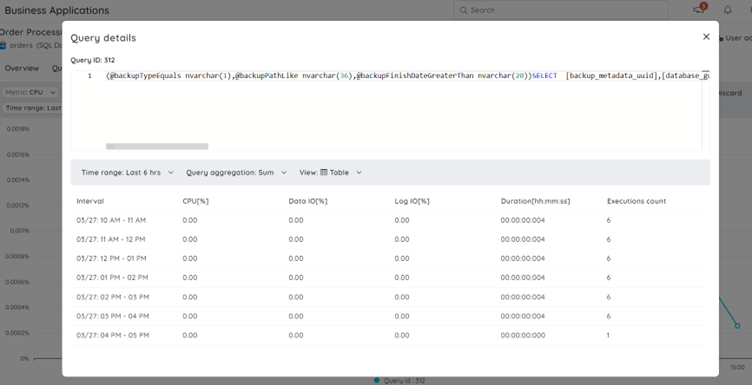
If you’re prioritizing queries based on data throughput, execution time, or frequency of use, Turbo360’s Query Performance Insight empowers you to make data-driven decisions with confidence.
Combining the seamless query execution capabilities of Turbo360 with the insightful analytics provided by QPI, users can unlock a whole new level of efficiency and productivity. Say goodbye to manual performance analysis and hello to actionable insights at your fingertips.
Advantages of using SQL Query Consumption Analysis in Turbo360
Turbo360 allows users to seamlessly query across multiple DBs spanned across multiple servers. Users don’t have to worry about connecting multiple servers to the SSMS and be dependent on a single machine. Turbo360 allows users to analyse the database from anywhere.
Strategies for Analysis and Optimization
Now that we have understood how to analyse queries, lets talk about best options to optimize them.
- Performance Tuning: Identify queries with long execution times and optimize them by fine-tuning indexes, rewriting queries, or restructuring database schemas to improve performance.
- Query Caching: Implement query caching mechanisms to store and reuse frequently executed queries, reducing the overhead of query execution and improving response times.
- Parallel Processing: Explore opportunities for parallel processing to distribute query workloads across multiple resources and enhance scalability and performance.
- Query Optimization Tools: Utilize query optimization tools and techniques to analyse query execution plans, identify performance bottlenecks, and optimize query performance.
- Automated Monitoring and Alerting: Implement automated monitoring and alerting systems to detect anomalies, track performance metrics, and proactively address issues related to query consumption.
Conclusion
In conclusion, SQL Query Consumption Analysis is essential for organizations leveraging Azure SQL Database to maximize the value of their data assets. By understanding, evaluating, and optimizing SQL queries, organizations can unlock hidden insights, improve operational efficiency, and gain a competitive edge in the cloud computing landscape.
All these becomes easy with Turbo360’s ability to connect to multiple SQL DBs from the same place without the need for switching between servers.
Embrace the power of SQL Query Consumption Analysis in Turbo360 to unleash the full potential of your data and drive business success.

